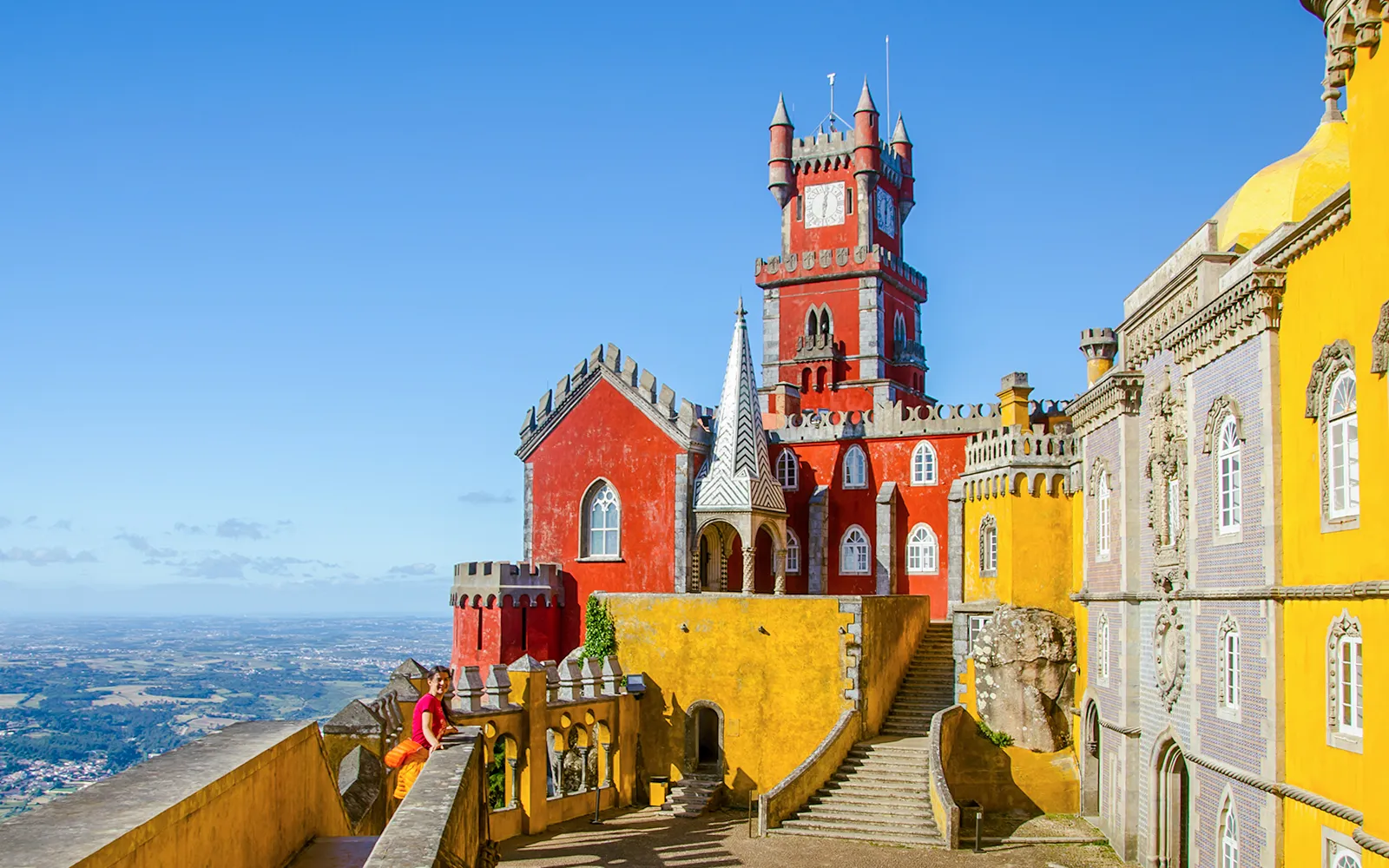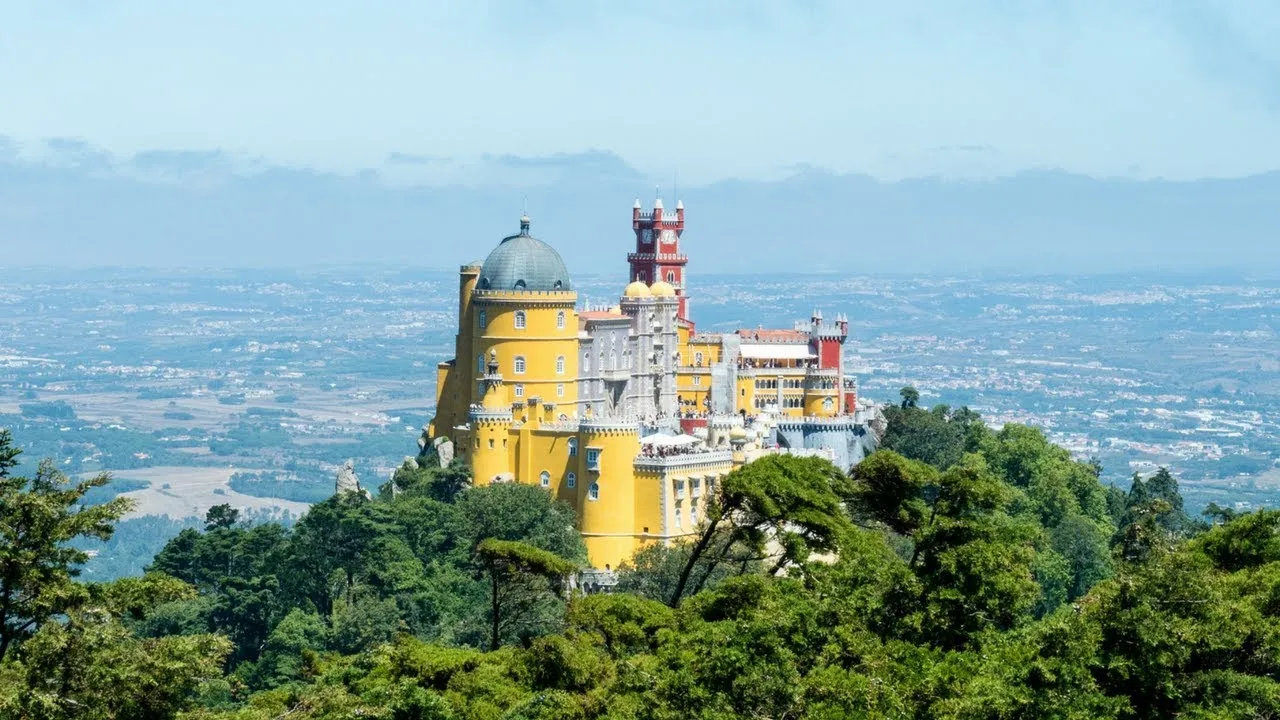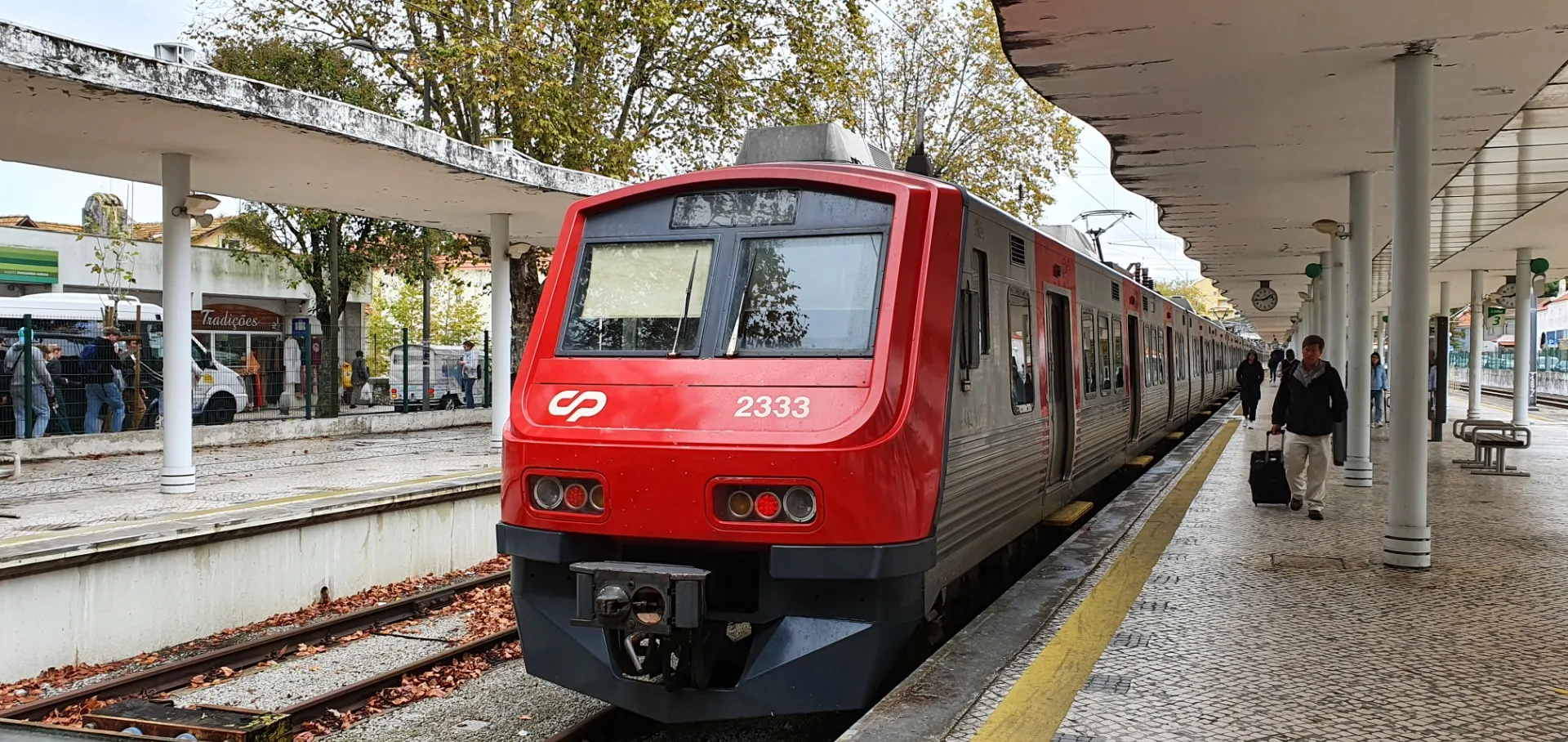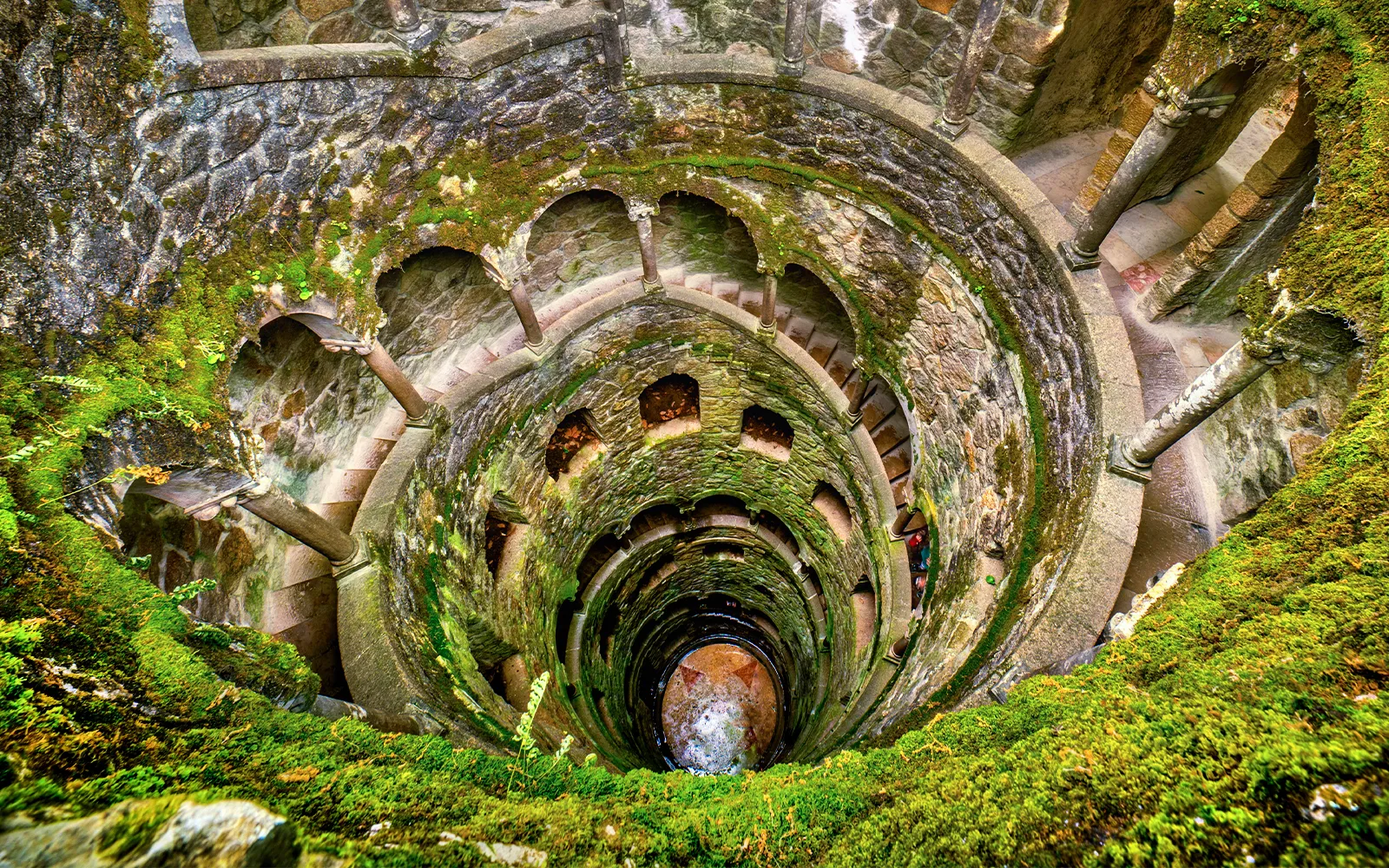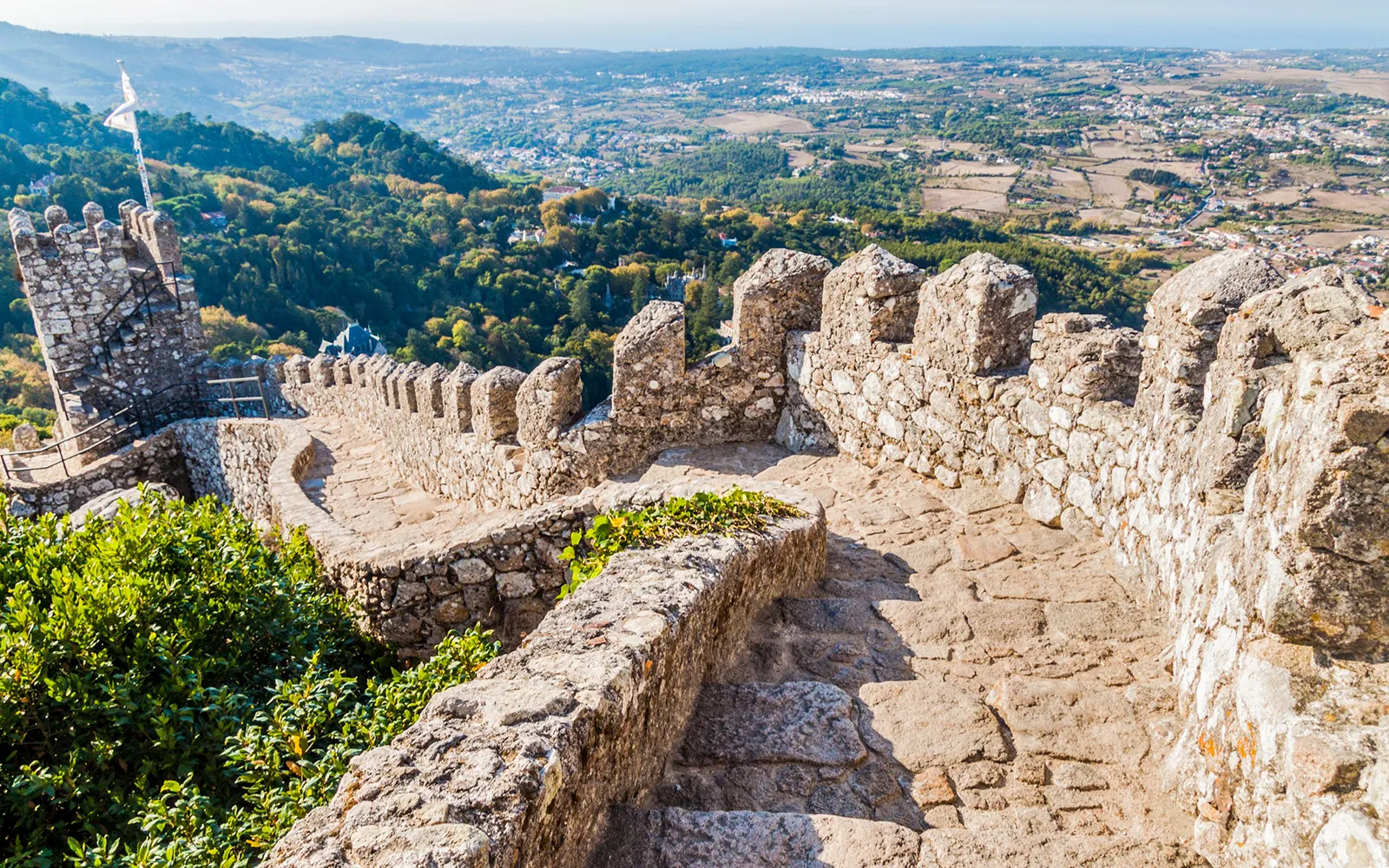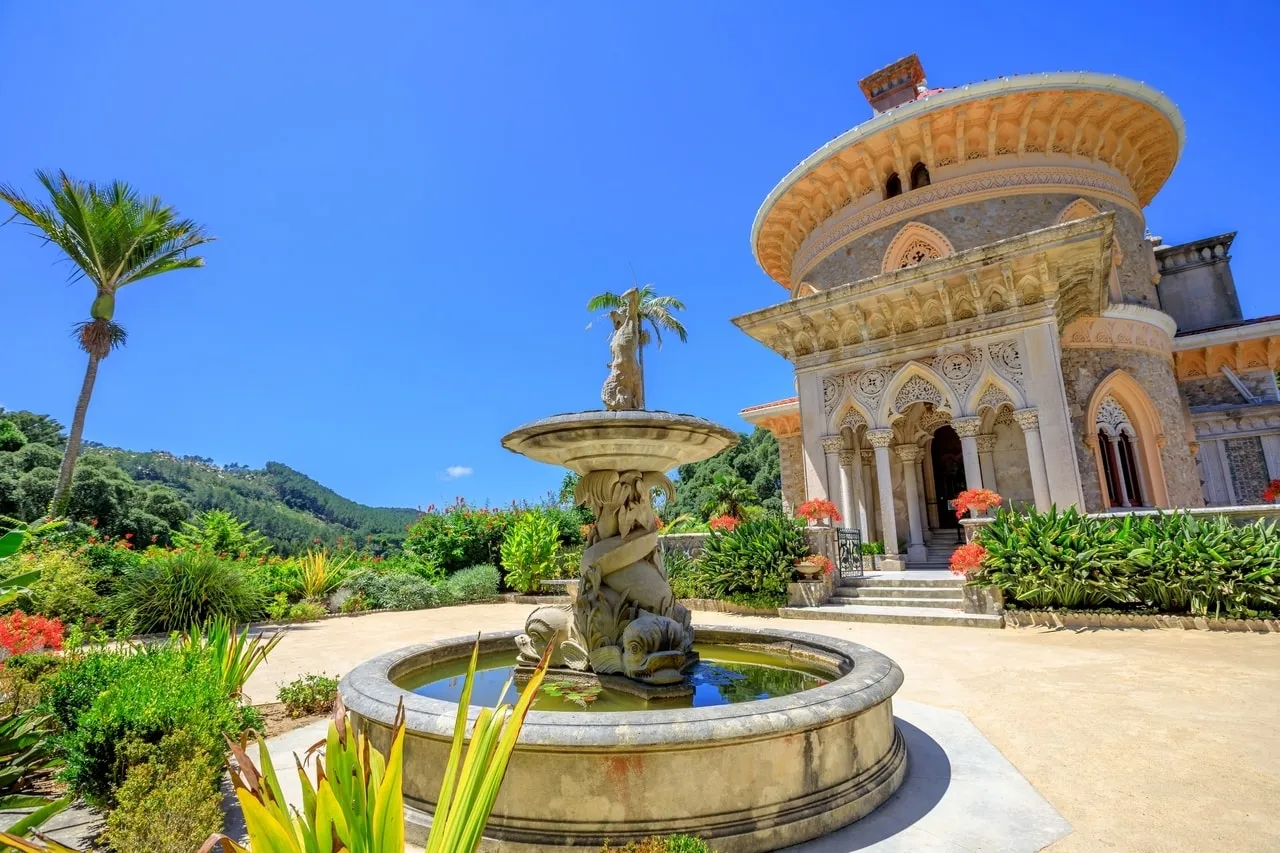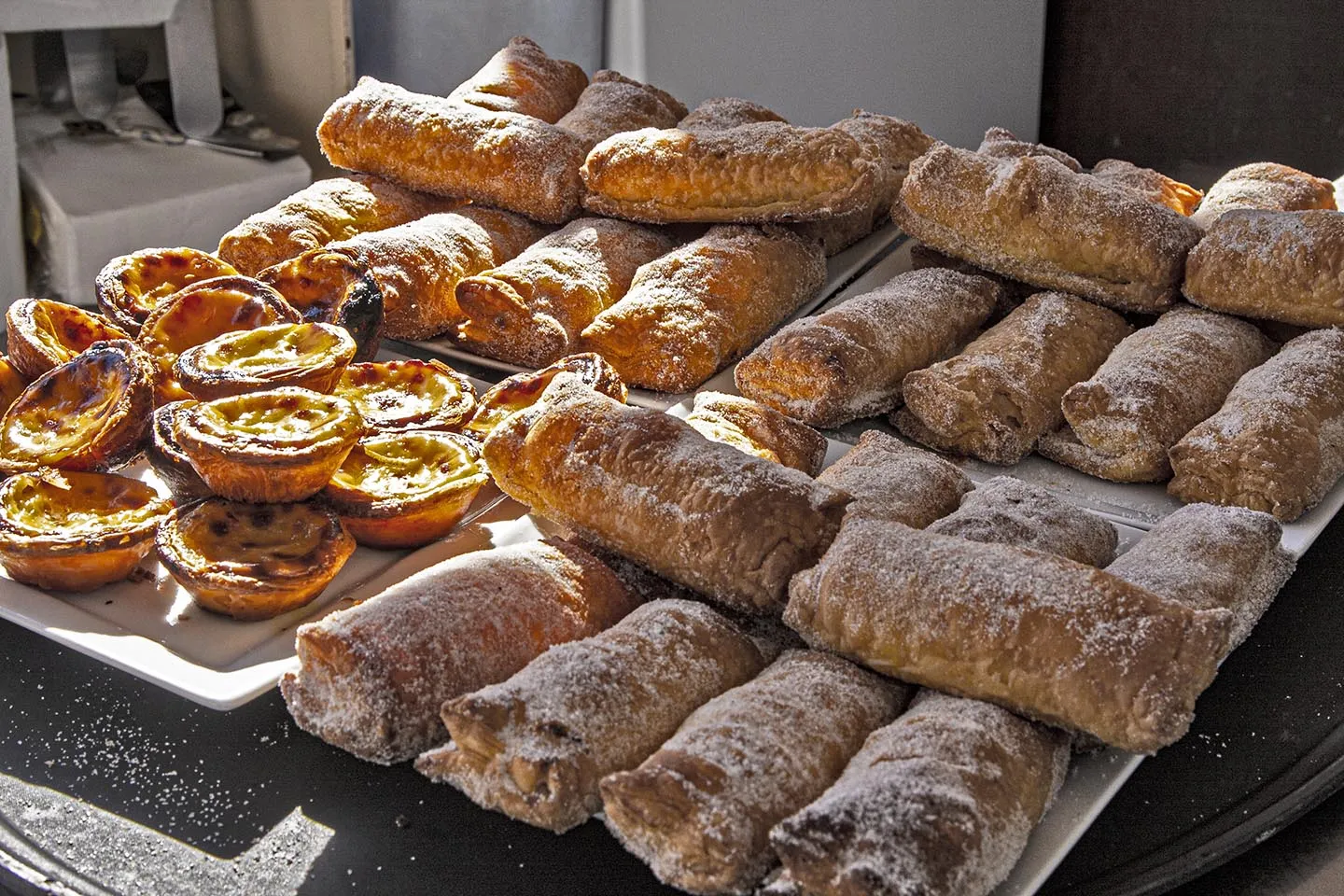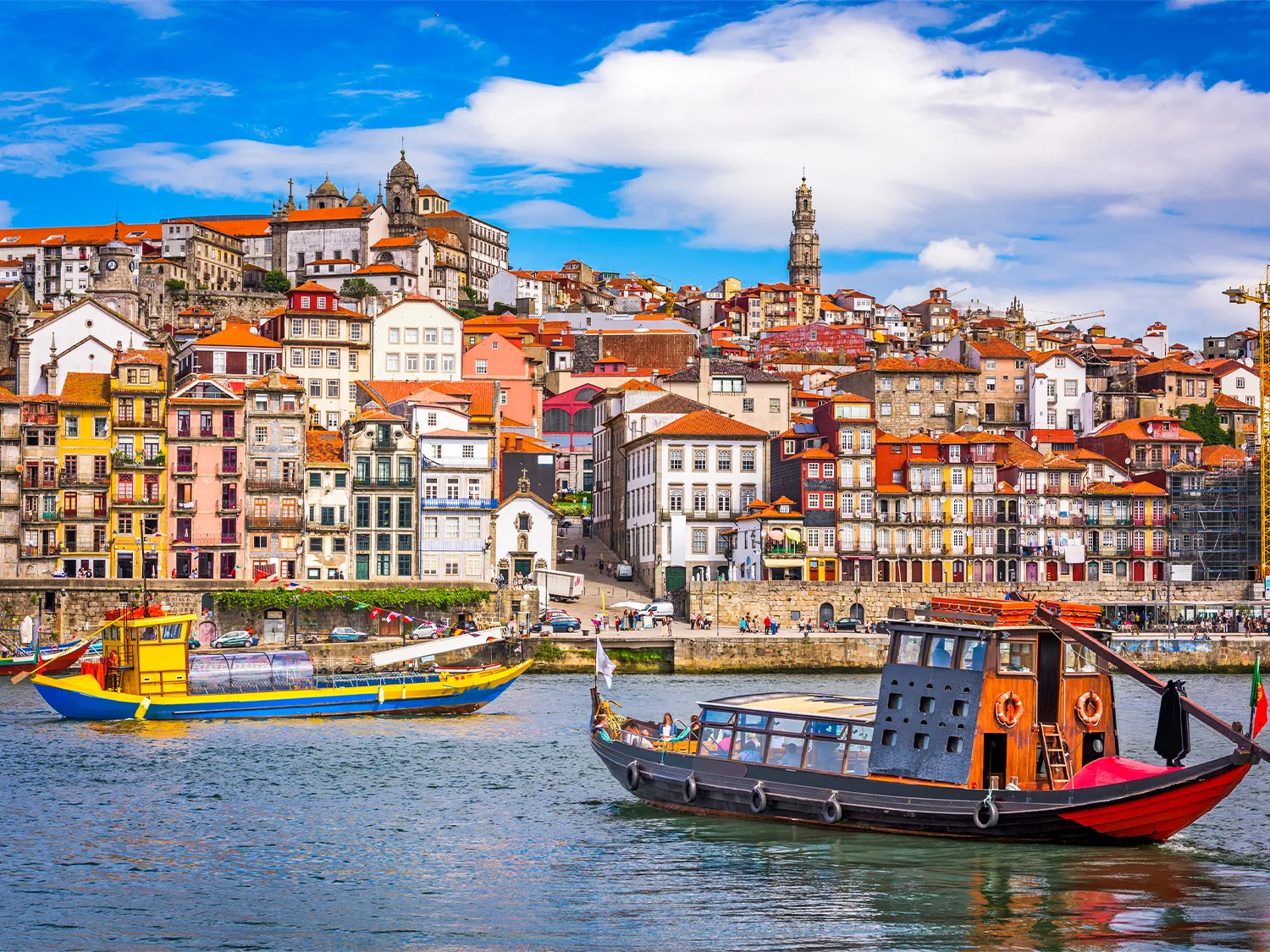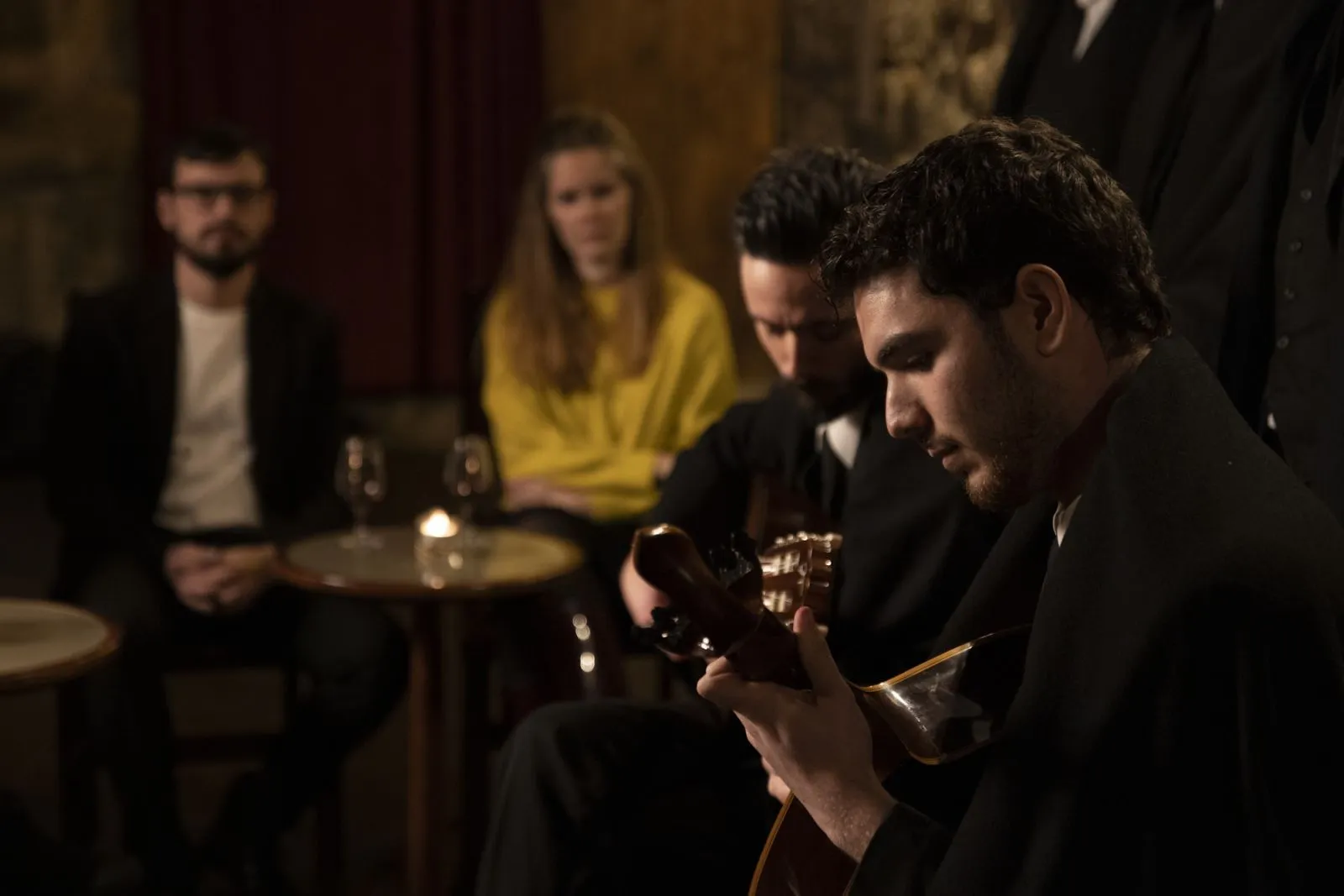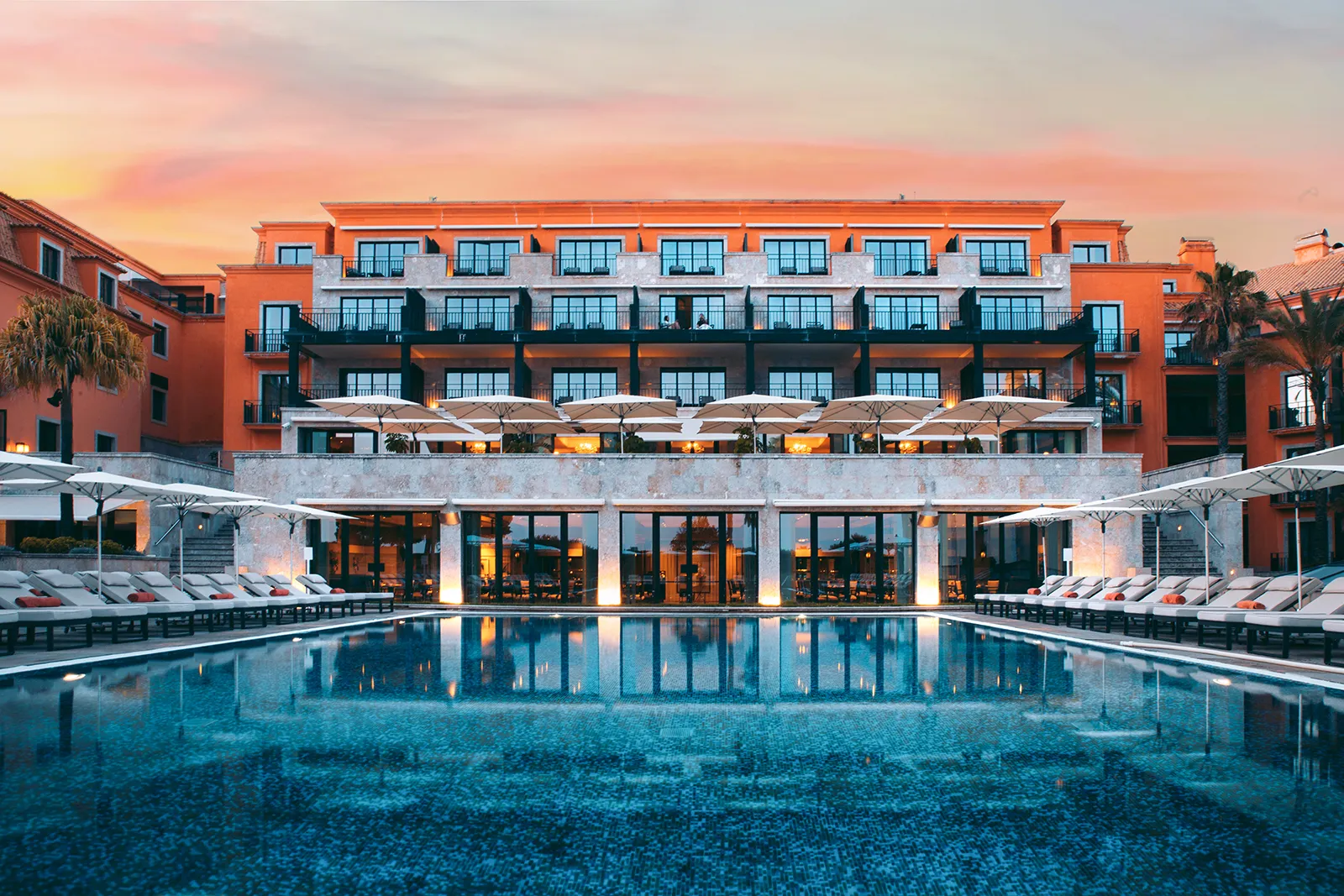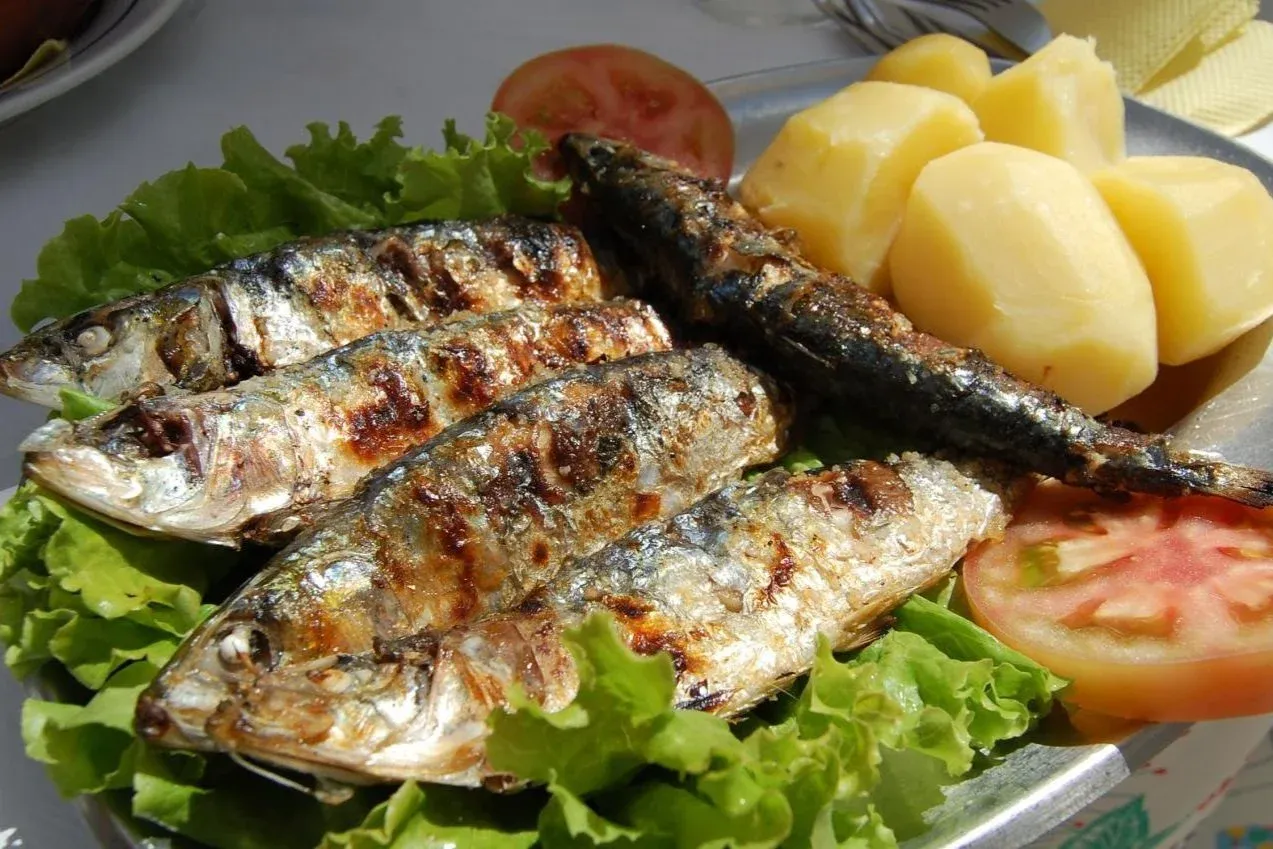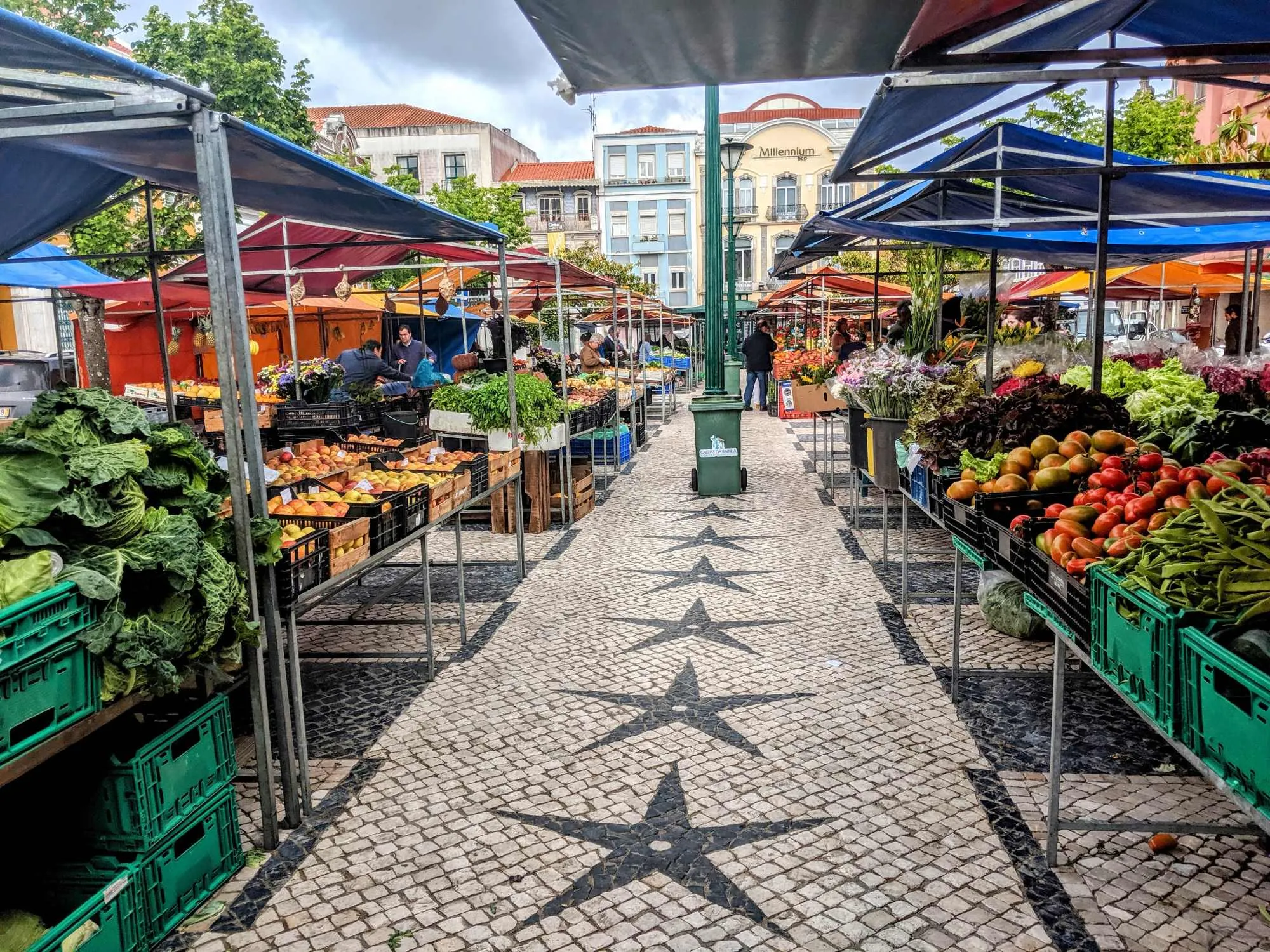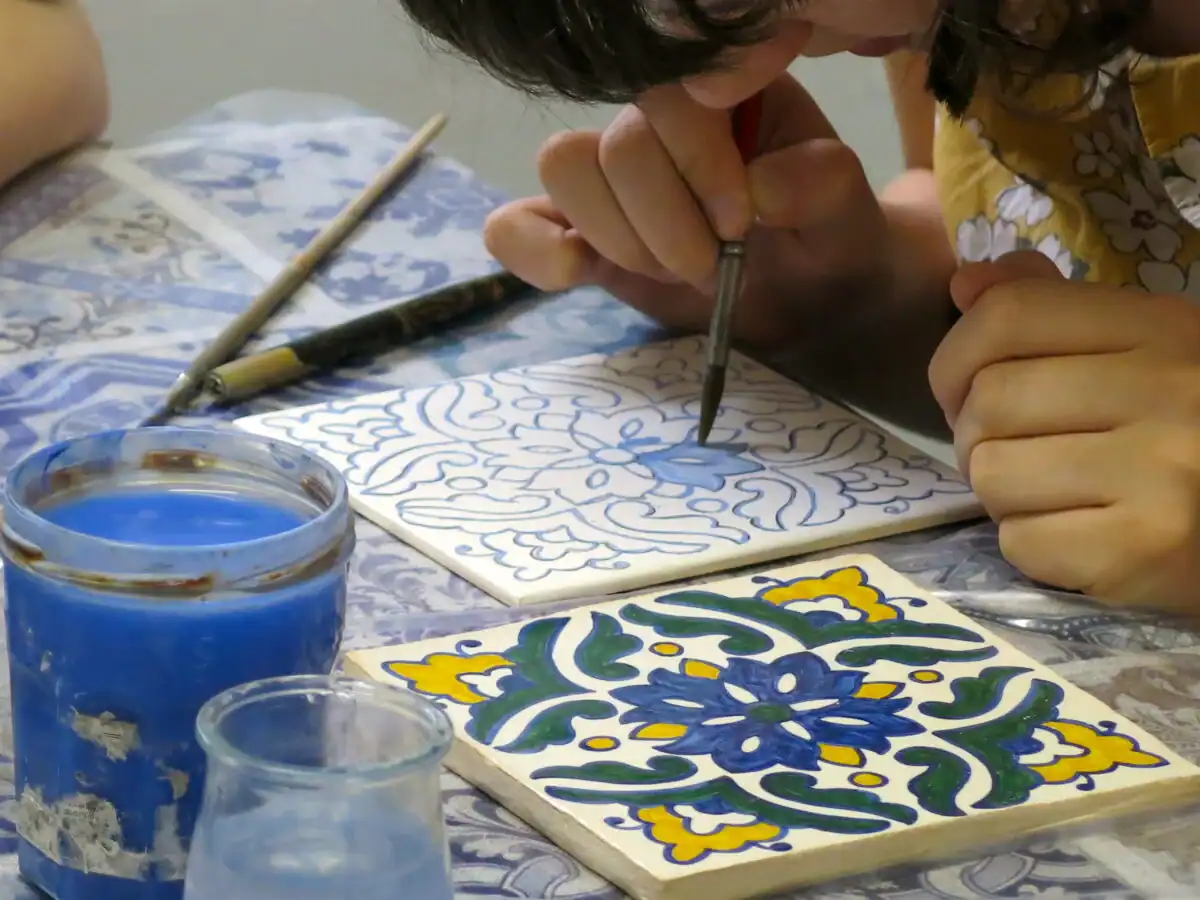Let’s get straight to the point about Sintra, Portugal. You’ve seen the photos: kaleidoscopic castles on misty mountaintops, gothic mansions shrouded in emerald gardens, and ancient walls snaking across dramatic landscapes. Sintra is presented as a real-life fairytale just a short train ride from Lisbon, and honestly? It delivers on that promise. But here’s the unfiltered truth from someone who has navigated its cobblestone streets multiple times: visiting Sintra can also be an exercise in frustration, battling overwhelming crowds, gridlocked traffic, and queues that seem endless. The magic you experience is directly proportional to how well you plan. This insider’s guide is your strategic playbook for experiencing the true, soul-stirring enchantment without the stress.
Essential Pre-Trip Planning for Sintra
The single most critical decision for your trip to Sintra, Portugal, is timing. This choice will impact your experience more than any other factor.
The Shoulder Season Sweet Spot
Visit during spring (March to May) or autumn (September to October) for the perfect balance. The weather is mild and pleasant for exploring hillside trails and vast palace grounds. Spring brings gardens into full bloom, while autumn offers stunning fall colors. Most importantly, crowds are significantly smaller and more manageable than the shoulder-to-shoulder masses of summer.
Peak summer brings intense heat and overwhelming crowds that can make the experience feel hectic. Winter offers the quietest atmosphere with potentially lower prices, but you risk cold, rainy days that obscure views and make stone paths slippery.
Daily Timing Strategy
Peak rush occurs between 10:30 AM and 3:00 PM when day-trip crowds from Lisbon are at their thickest. Arrive by 8:30 AM to be at your first attraction as it opens, giving you at least an hour before the masses descend. Alternatively, plan your visits for after 4:00 PM when the crowds begin to thin out.
The Microclimate Factor
Sintra maintains its own microclimate, often 2-5 degrees Celsius cooler and damper than nearby Lisbon, thanks to its location in the Serra de Sintra hills. This cooler air is precisely why Portuguese royalty chose it for their summer residences. Always pack layers—a light jacket or long-sleeved shirt is essential, even on a warm Lisbon day.
How to Get to Sintra from Lisbon: Train Guide
Forget buses and don’t even consider driving. The train is the best, cheapest, and most efficient option for your day trip from Lisbon to Sintra.
Two primary routes operate via Comboios de Portugal:
- Rossio Station to Sintra: The most tourist-friendly route from Lisbon’s historic Baixa district, taking approximately 40 minutes direct.
- Oriente Station to Sintra: Better for those coming from the airport or making intercity transfers, taking about 47 minutes with more stops.
Ticket Essentials
A one-way ticket costs €2.40 for adults and €1.20 for children. A return ticket is €4.80 (no round-trip discount). You will need a reusable ‘Navegante’ card for €0.50 per person, which you then load with the train fare. Be warned: ticket lines at Rossio Station become incredibly long mid-morning, making an early departure crucial.
1. Quinta da Regaleira – The Mystical Must-See
If you only have time for one major site besides Pena Palace, make it Quinta da Regaleira. This isn’t just a personal favorite—it’s the insider’s choice for genuine adventure and mystical exploration.
Where other Sintra palaces keep you behind ropes looking at furnished rooms, Regaleira invites you to explore, discover, and get a little lost in its magic. You’ll descend into the incredible Initiation Well, a subterranean tower spiraling into darkness, then navigate hidden, damp tunnels using your phone’s flashlight, unsure where you’ll emerge. The gardens are a lush, green labyrinth filled with grottoes, waterfalls, and symbolic statues.
What Makes It Special
The estate showcases the interests of its early 20th-century owner, António Augusto Carvalho Monteiro, in alchemy, Freemasonry, the Knights Templar, and Rosicrucianism. Every structure contains enigmatic symbols, turning your visit into an intellectual treasure hunt.
Key Highlights
The Initiation Well steals the show—an inverted tower with a 27-meter spiral staircase used for ceremonial rites, not water collection. The four-hectare park features the Waterfall Lake and an underground tunnel system connecting various points of the estate. The Neo-Manueline palace building offers a quick look inside, but the true magic is in the grounds. However, the Well’s popularity has soared, creating queues even in the off-season. The estate’s mystical atmosphere can feel diminished when crowded, making timing crucial.
Practical Details
Open 10:00 AM to 6:30 PM or 7:30 PM seasonally, with the last entry at 5:30 PM. Adult tickets are around €15. It’s a pleasant 10-15 minute walk from Sintra’s historic center.
2. Pena Palace – The Iconic View (and How to Visit Smartly)
Let’s manage expectations about Sintra’s most famous attraction. Pena Palace delivers breathtakingly photogenic exterior views with its riot of bold reds and yellows set against lush green hills. However, many seasoned travelers find the interior tour underwhelming—often overcrowded, rushed, and surprisingly plain compared to the spectacular exterior.
The Strategic “Park and Terraces Only” Approach
Here’s the best travel hack for this site: purchase the cheaper “Park Ticket.” This grants access to the entire 200-hectare Pena Park and the magnificent exterior terraces without paying a premium or enduring long queues for the interior. This approach gives you 90% of the magic for a fraction of the cost and stress.
What You’ll Experience
The exterior offers a feast for the eyes, including 360-degree views stretching to the Atlantic Ocean on clear days. You can spend hours marveling at the intricate stonework that mixes Moorish arches and Manueline details, all while feeling the energetic buzz of international visitors.
History and Architecture
The palace began as a medieval chapel, expanded into a monastery, and was left in ruins by the 1755 Lisbon earthquake. The artist-king Ferdinand II acquired the site in the 19th century, commissioning its transformation into a Romanticist summer palace. It stands today as one of the world’s greatest expressions of the style, deliberately fusing Neo-Gothic, Neo-Manueline, Neo-Islamic, and Neo-Renaissance elements.
Key Attractions
Don’t miss the Queen’s Terrace and the Courtyard of Arches for the best landscape views and perspectives of the Moorish Castle. The Triton Portico features a magnificent archway guarded by a mythological half-man, half-fish statue symbolizing the creation of the world. In Pena Park, trek to the High Cross (Cruz Alta) for unparalleled palace views or explore the quieter Valley of the Lakes that most tourists skip. The major downside is the extreme crowds, especially for the timed interior slots which sell out completely in peak season. Missing your 30-minute entry window means no admission and no refund.
Practical Information
Park open 9:00 AM to 7:00 PM; Palace 9:30 AM to 6:30 PM. Full Pena Palace tickets are around €20 for adults; Park-only tickets are around €10. A strict timed-slot system is enforced for interior entry.
3. Castle of the Moors – The Ancient Fortress
The Castle of the Moors provides a dramatic, authentic historical counterpoint to the whimsical, ornate palaces. This is a must-visit for history buffs, hikers, and anyone seeking the most stunning panoramic views in the region.
The Authentic Experience
Walking the ancient stone ramparts feels powerfully authentic, with the wind hitting you as you climb steep, uneven steps to the watchtowers. There’s a palpable “back in time” atmosphere and a sense of rugged military purpose that contrasts sharply with the polished perfection of the palaces. The views are simply breathtaking, especially the unique perspective of Pena Palace perched like a colorful crown on the adjacent peak.
Historical Significance
This fortification dates to the 8th and 9th centuries, built by the Moors to guard the region. It served as a key strategic point during the Christian Reconquista, surrendering voluntarily in 1147 after the fall of Lisbon. Like many Sintra sites, it fell into ruin before King Ferdinand II’s romantic 1800s restoration.
What to Explore
Walk the 450-meter perimeter walls snaking dramatically over rocky cliffs. Climb the Royal Tower for the best vantage point and explore the large subterranean cistern that once supplied the castle with water. The ruins of the 12th-century Romanesque Church of São Pedro de Canaferrim house a small interpretation center explaining the castle’s history. The main drawback is the limited guardrails on the ancient walls, requiring careful navigation and close supervision of children.
Practical Details
Open 9:30 AM to 6:00 PM. Adult tickets are €12. It’s located a short 10-15 minute downhill walk from the Pena Palace entrance, making it easy to combine both visits.
4. Monserrate Palace – The Uncrowded Gem
If the crowds of Sintra, Portugal fill you with dread, Monserrate Palace is your sanctuary. Located several kilometers from the main tourist hub, this is a true “underrated gem” offering tranquility, exquisite architecture, and world-class botanical gardens.
The Peaceful Experience
Visiting Monserrate feels like a calming breath of fresh air. The palace interior showcases delicate, lace-like carvings with stunning Indian, Gothic, and Moorish influences creating a harmonious atmosphere. The real highlight is wandering the magnificent gardens, which are organized by geographical region—taking you on a botanical trip from Mexican agave gardens to Japanese camellia sections. Best of all, you can often explore while seeing only a handful of other people.
Rich History
The site’s modern history began with a neo-Gothic mansion built by an English merchant. After falling into ruin, the poet Lord Byron famously visited in 1809, immortalizing its sublime decay. Its current form comes from Sir Francis Cook, a wealthy Englishman who, with architect James Knowles, transformed it into a romantic masterpiece with some of Portugal’s most exotic gardens.
Main Attractions
The palace interior’s central octagonal hall, gallery, and music room showcase incredible plaster and stonework. The botanical gardens justify the visit alone—plan at least 1-2 hours to explore the Fern Valley, the Rose Garden, and the chapel ruins picturesquely overgrown with plants. The primary disadvantage is its distance from central attractions, requiring a ride on Bus 435 or a taxi/Uber.
Practical Information
Park open 9:00 AM to 7:00 PM; Palace 9:30 AM to 6:00 PM. Adult tickets are €12. Requires Bus 435 or a taxi/Uber from the center.
What to Eat in Sintra: Famous Local Pastries
After a long morning walking steep hills, refueling at historic bakeries is an essential part of the complete Sintra experience.
The Two Must-Try Sweets
- Travesseiros: Translating to “pillows,” these are wonderfully flaky puff pastries rolled in sugar and filled with a rich, sweet cream of egg yolks and almonds. Casa Piriquita creates the most famous version using a closely guarded family recipe.
- Queijadas: These small, round tartlets have a much longer history. They feature a thin, crispy pastry crust holding a dense, sweet filling made from fresh cheese, eggs, sugar, flour, and a hint of cinnamon.
Historic Bakery Rivalry
Casa Piriquita claims the most famous status, founded in 1862. King Carlos I, who summered in Sintra, nicknamed the founder’s wife “Piriquita” (little parakeet). Their daughter invented the legendary Travesseiro in the 1940s.
Queijadas da Sapa proudly displays “Since 1756” on its labels, offering a direct link to medieval origins. Nuns first created this pastry as far back as the 13th century.
Recommended Dining Spots
- Cafe Saudade: Excels for breakfast or a light lunch.
- Tascantiga: Popular for Portuguese tapas.
- Apeadeiro: Near the train station, serves traditional Portuguese dishes.
- Romaria de Baco: Cozy dining in the historic center with quality local food.
- Tulhas: Delivers authentic Portuguese meals.
Sample Sintra Itineraries: 1 and 2-Day Plans
The “Sintra in a Day” Whirlwind
This packed itinerary covers three main highlights, requiring an early start and high energy:
- 7:30 AM: Catch one of the first trains from Lisbon’s Rossio Station.
- 8:15 AM: Arrive at Sintra station, grab a coffee and pastry to go.
- 8:45 AM: Take an Uber/Bolt directly to the Pena Park entrance (skip the bus waits).
- 9:30 AM: Enter Pena Palace with your pre-booked timed ticket; focus on the exterior terraces first.
- 11:30 AM: Walk 15 minutes downhill to the Castle of the Moors entrance.
- 1:30 PM: Return to the historic center via a walk or the 434 bus for a quick lunch at Casa Piriquita.
- 3:00 PM: Walk to Quinta da Regaleira (10-15 minutes).
- 5:30 PM: Begin your return to the train station for Lisbon.
The Perfect 2-Day Sintra Itinerary (Recommended)
This relaxed pace allows for a deeper appreciation while avoiding the worst of the crowds.
- Day 1: Take a mid-morning train, check into your accommodation, and enjoy a leisurely lunch in the center. In the afternoon (from 3:00 PM onwards), visit the Castle of the Moors, followed by Pena Palace (book a late time slot around 4:30-5:00 PM). Focus on the park and terraces as the sun sets. In the evening, experience the magical, quiet atmosphere of the historic center after the day-trippers have left.
- Day 2: Be at the Quinta da Regaleira gates at 9:30 AM as it opens for a nearly private experience in the gardens and Initiation Well. Have lunch near Regaleira or in the town center. In the afternoon, take the 435 bus or an Uber to the tranquil Monserrate Palace, spending a few hours exploring the palace and botanical gardens peacefully.
How to Get Around Sintra: Bus, Uber & Walking
Once you arrive at Sintra’s train station, you’ll need to navigate steep, winding hills to the various palaces. Underestimating the terrain is a common mistake that leads to exhaustion.
Bus Options
- Bus 434 (Circuito da Pena): Runs a one-way loop from the station to the historic center, then up to the Castle of the Moors and Pena Palace. Expect uncomfortable crowding and long waits in traffic.
- Bus 435 (Villa Express 4 Palacios): Connects the station to the historic center, Quinta da Regaleira, Seteais Palace, and the more distant Monserrate Palace. It is generally less crowded than the 434.
Ride-Sharing and Taxis
Using Uber, Bolt, or local taxis is an excellent strategy, particularly for your first trip of the day up the steep hill to Pena Palace. They are affordable, comfortable, and save a tremendous amount of energy. The main drawback is getting stuck in the same gridlock traffic as the buses.
Tuk-Tuks
More expensive than taxis but offering a fun, open-air experience. Their key advantage is maneuverability—skilled drivers can often bypass long lines of cars, making them surprisingly fast when traffic stalls.
Walking and Hiking
For physically fit travelers, walking rewards you with natural beauty via well-marked trails like the Villa Sassetti Trail. However, do not underestimate the challenge—these are steep, demanding hikes requiring significant time and energy.
Sintra Ticket Strategy: Why You Must Book Online
If you take only one piece of advice, let it be this: buy all attraction tickets online in advance. This is mandatory for a stress-free visit. On-site ticket lines can be enormous, and popular Pena Palace time slots often sell out completely.
Pena Palace operates on a strict timed-entry system. This time applies to entering the palace interior, not the park gates at the bottom of the hill. Missing your slot means no admission and no refund. After scanning your ticket at the main entrance, you still face a steep 20-30 minute uphill walk to reach the palace itself. Plan to arrive at the main park gates at least 45 minutes before your scheduled palace entry.
The fairytale magic of Sintra, Portugal, is absolutely real, but unlocking it requires smart planning and realistic expectations. The shoulder seasons of spring and autumn offer the perfect blend of pleasant weather and manageable crowds. To avoid the peak rush, start your day early or explore in the late afternoon. Focus on 2-3 key sites—like Quinta da Regaleira for mystical exploration, Pena Palace for its iconic views (consider the park-only ticket), and the Castle of the Moors for historical perspective—rather than trying to see everything. By booking tickets in advance, packing layers for the microclimate, and considering an overnight stay, your trip to Sintra will be the enchanting escape you’ve imagined.
Read more:
